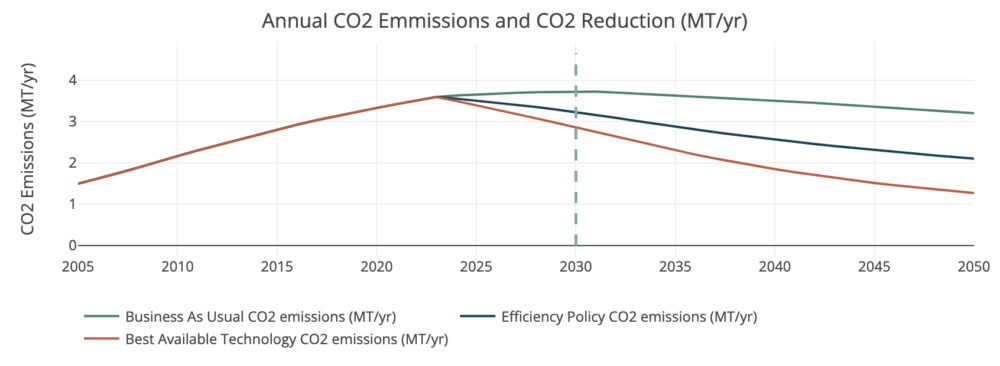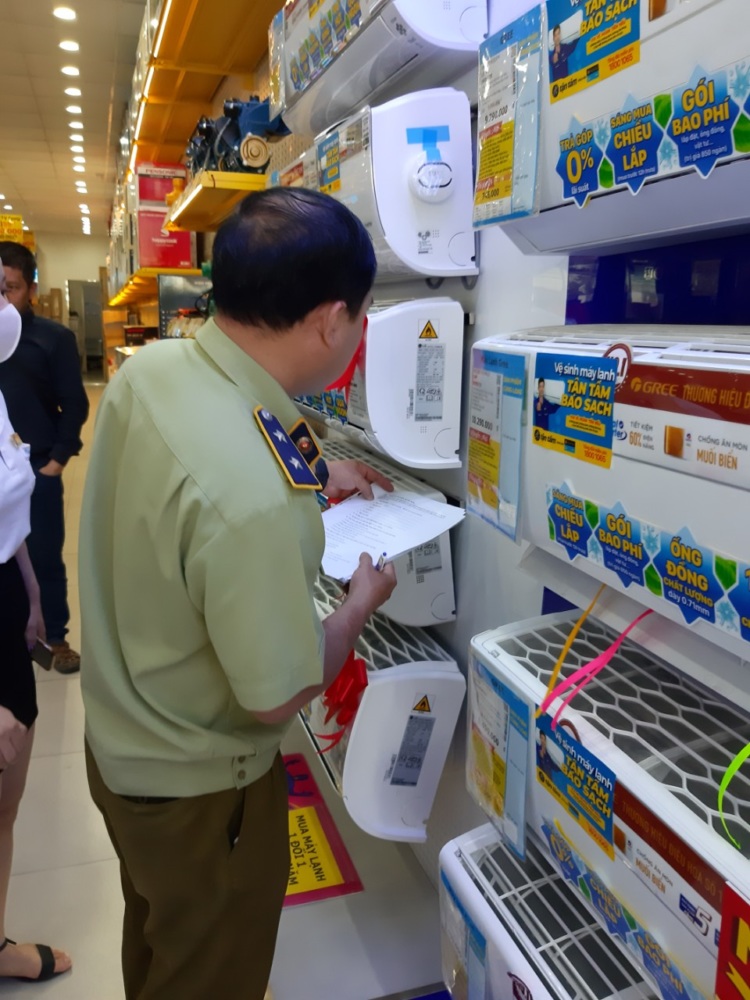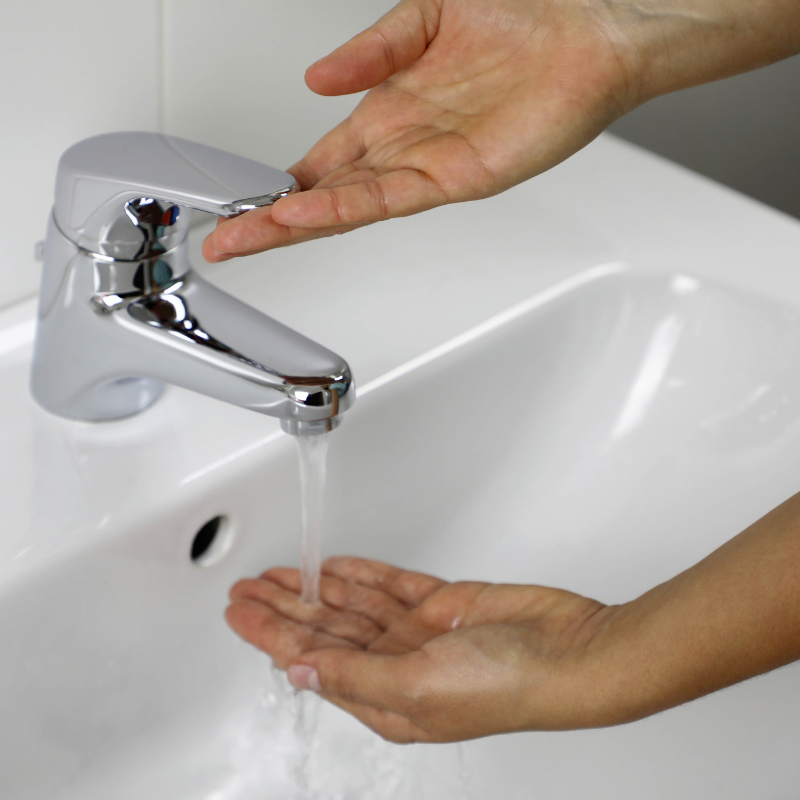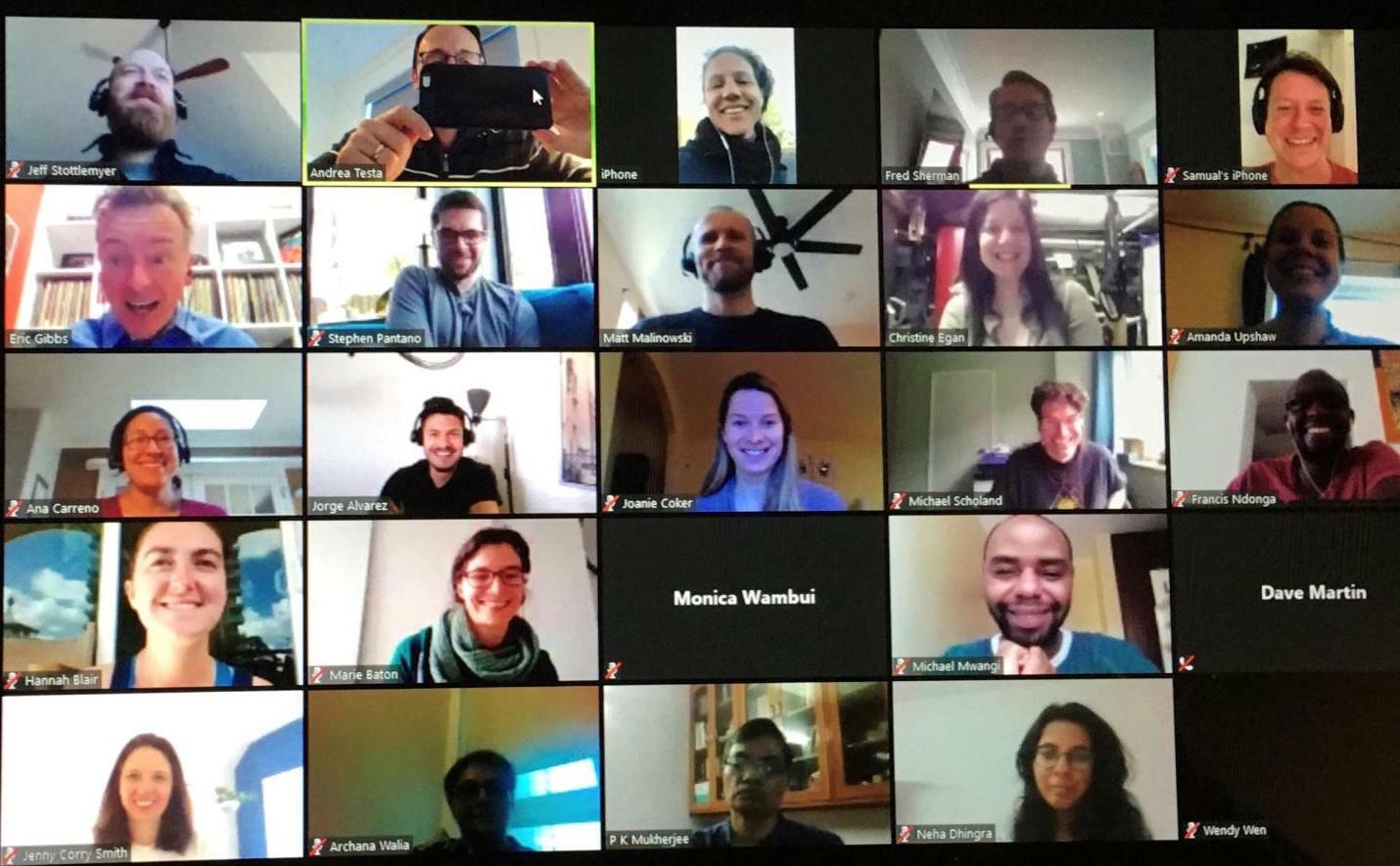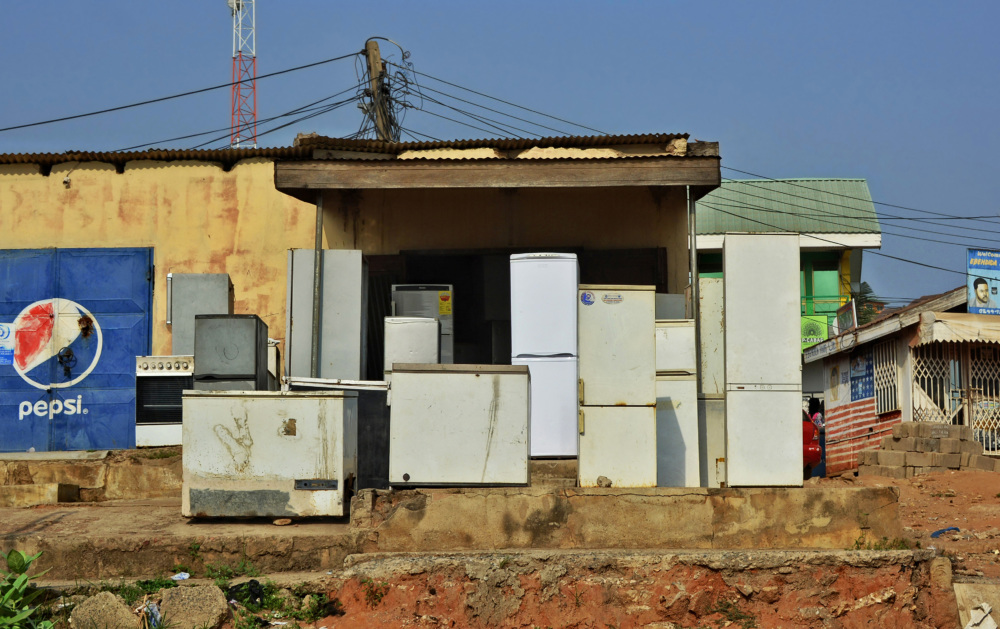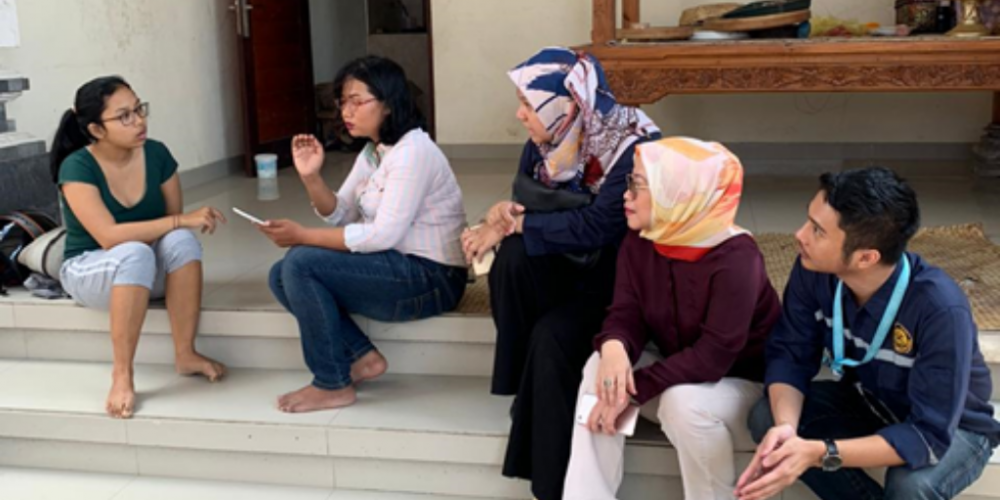Five New Papers Examine Appliance Ownership, Usage, and Policy in India
The second most populous country in the world, India is home to a diversity of climatic zones, demographic groups, and socioeconomic levels. Energy efficiency efforts in the country, from collecting end-use data to implementing energy policy, can provide insights for other countries developing frameworks for more sustainable energy use from appliances. In 2019, India was the first to finalize a national Cooling Action Plan—a 20-year plan to sustainably address rising cooling demand. This plan, among those now developed in China, Rwanda and in progress in Kenya, captures a universal acknowledgement: rising incomes and affordable product pricing have expanded access to technologies such as room ACs and lighting. While the products are instrumental to quality of life, policy and related initiatives are necessary to curb their adverse effects on the national economy, energy security, and the environment.
CLASP has published five new papers that examine appliance ownership, electricity usage, and efficiency policy in India. The first examines the existing energy efficiency policy framework in India, quantifying the benefits and detailing best practices. Another paper focuses on the case of room air conditioners (AC), demonstrating efficiency policy in practice and how periodic revisions to efficiency policies can transform markets. The next paper considers how AC policy, and that of other appliances, might be improved by considering their lifetime exposure to climatic conditions. Finally, two other papers detail the challenges and benefits of collecting reliable end-use data across climate and demographic zones. These papers focus on the results of a first-of-its-kind residential survey in India that promote more informed policy, and provide a framework for similar work in other locations.
The Bureau of Energy Efficiency (BEE) is responsible for developing and implementing current energy efficiency policies in India, where energy demand is expected to double by 2030. BEE first launched policies for residential appliances in 2006 to reduce the energy intensity of the economy. The program initially addressed four products with voluntary efficiency standards and consumer labels as a best practice that allows both industry and implementer to adjust to a new regulation. At present, BEE covers 23 products across cooling, lighting, and industrial application under both voluntary and mandatory frameworks. Over the last decade, BEE has continuously strengthened the program with periodic and as a result, avoided 197 TWh of electricity use and 162 million tons of CO2emissions between 2006 and 2017.
Read: Evaluating the Impacts of Mandatory Policies and Labelling Program for Appliances in India
One of BEE’s first and most effective labelling programs covers room air conditioners (ACs), which accounted for almost half of India’s cooling energy consumption in 2018. As room AC ownership is expected to increase, so is power demand and greenhouse gas emissions. In 2006, BEE initiated a labelling program for the product and periodically revised the program to increase performance levels, these revisions have driven a 35% increase in room AC efficiency and transformed the market towards more innovative technology. In the last decade, these efforts have avoided 38 million tons of CO2.
Read: Policy Measures and Impact on the Market for Room Air Conditioners in India
Current room AC policy establishes performance criteria in accordance with the Indian Seasonal Energy Efficiency Ratio (ISEER)—which accounts for temperature variance across the various climatic zones in India. The products are tested at standard-rated conditions. However, under actual operating conditions, the RAC is exposed to several adverse climatic conditions such as polluted ambient and saline conditions around coastal areas which can impact energy performance. As efficiency policies remain one of the most cost-effective methods to regulate room ACs, policymakers should ensure that their criteria is based on the most accurate and comprehensive data—data that represents products across brand, category, and type.
Read: Impact of Environmental Factors on Energy Efficiency of Room Air Conditioners in India
Despite a strong energy efficiency framework, India’s residential sector accounts for almost a quarter of total electricity consumption and is expected to grow more than eight times by 2050. Formulating reasonable but impactful energy efficiency policies that mitigate this trend requires accurate end-use baselines, and at present, there is limited data and understanding of residential energy-use and it’s variations. In 2019, CLASP’s and Environmental Design Solutions conducted a first-of-its-kind urban residential end-use survey and real-time appliance energy-use monitoring through Non-intrusive Load Monitoring (NILM). The teams compiled the data into the National Energy End-Use Monitoring (NEEM) dashboard, available here. The new papers detail trends from the data and demonstrate how it can promote a better understanding of future electricity demand, enable better demand-side management programs, and ultimately drive more customized energy policy interventions.
Read:
- Evaluating Appliance Ownership and Usage Patterns in India
- Residential End-Use Energy Consumption and Appliance Ownership Patterns in India
India’s projected appliance ownership and energy demand parallel global trends that constitute positive transformation for regions with little to no, or inconsistent, access to energy. Still, the trend poses a challenge to policymakers that are looking to meet their Nationally Determined Contributions (NDCs). Energy efficiency policy can support this objective–but efforts do not start and end there. Granular data around product usage, ownership and performance should influence policy development. Further, BEE demonstrates how periodic evaluation and revisions to policies can help transform markets, maintain access, and curb emissions. A strong compliance framework is then necessary to safeguard these projected impacts. Read more on compliance here.

